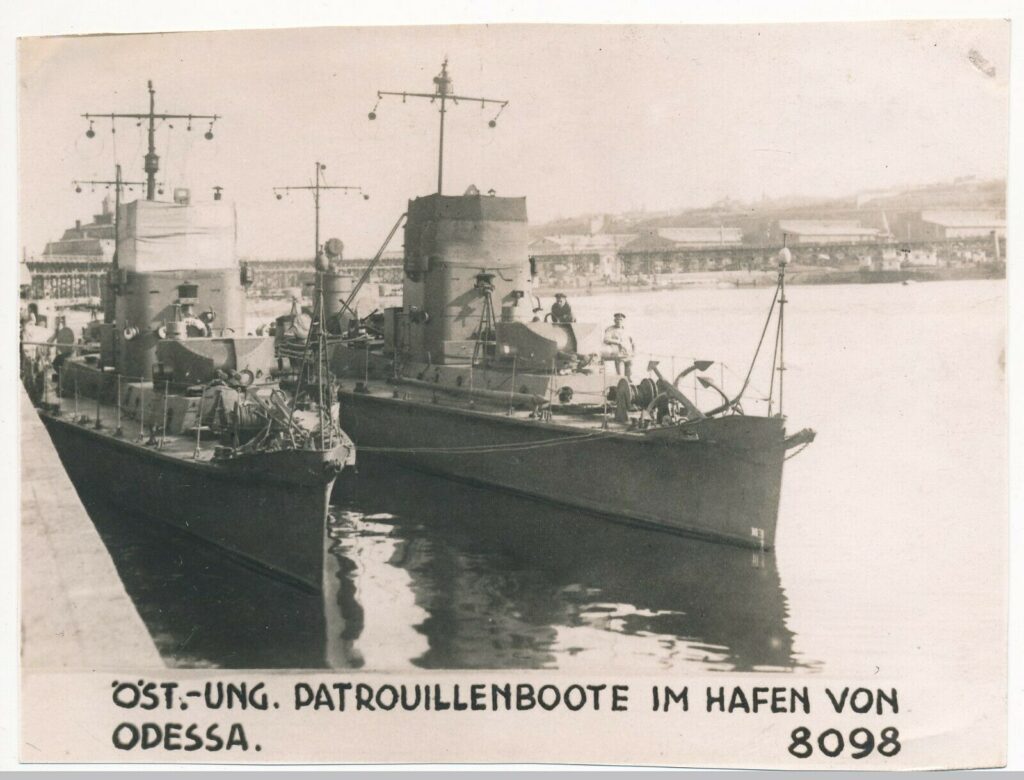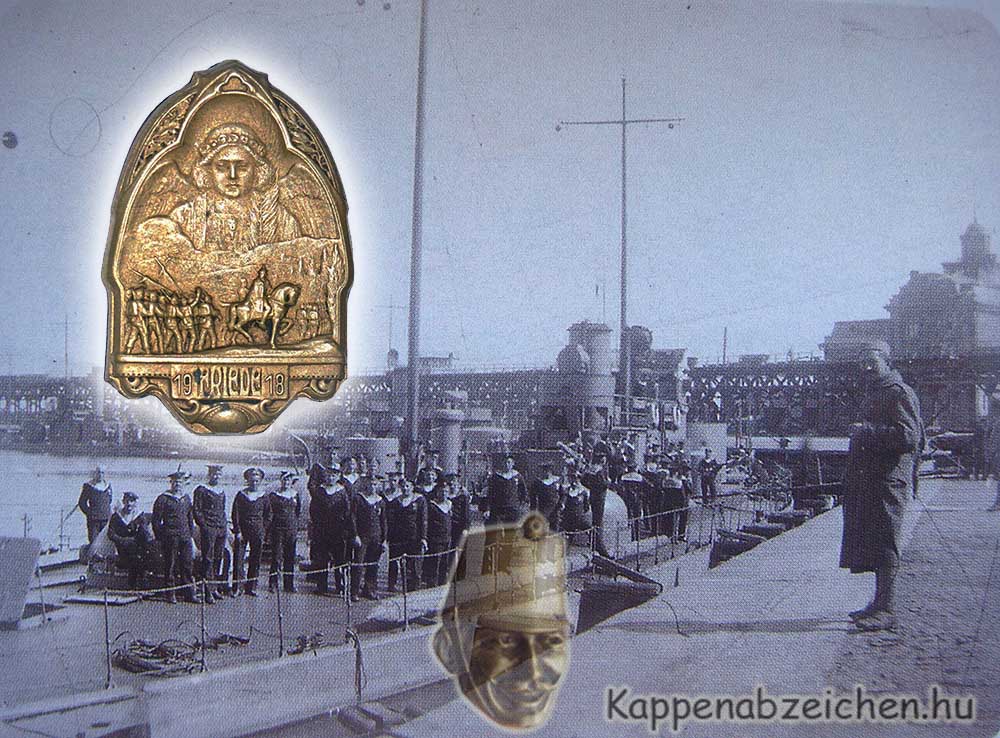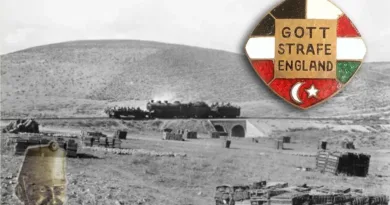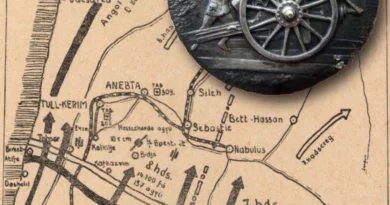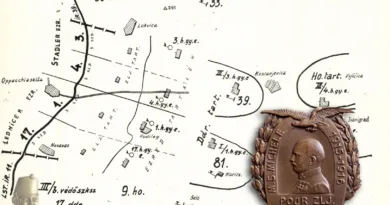February 1918
It is not easy to write about the outstanding events of this month in such a way as to be associated with a Kappenabzeichen. Armistice negotiations between the Central Powers and Russia broke down, so the occupation of Russian territories continued. This was undoubtedly the most significant event. The Bolshevik troops were bound by the consolidation of political power, they had no strength left to resist. Within a week, German and Austro-Hungarian troops occupied most of the Baltics, Belarus and Ukraine. Russian activity was mostly limited to damage reduction and escape. The units of the Baltic Fleet managed to withdraw near Petrograd (Saint Petersburg), but the Black Sea Fleet was stuck in Odessa. The advancing Central Powers held separate negotiations with representatives of the Ukrainian state, and the German-occupied Baltic states also declared their independence.
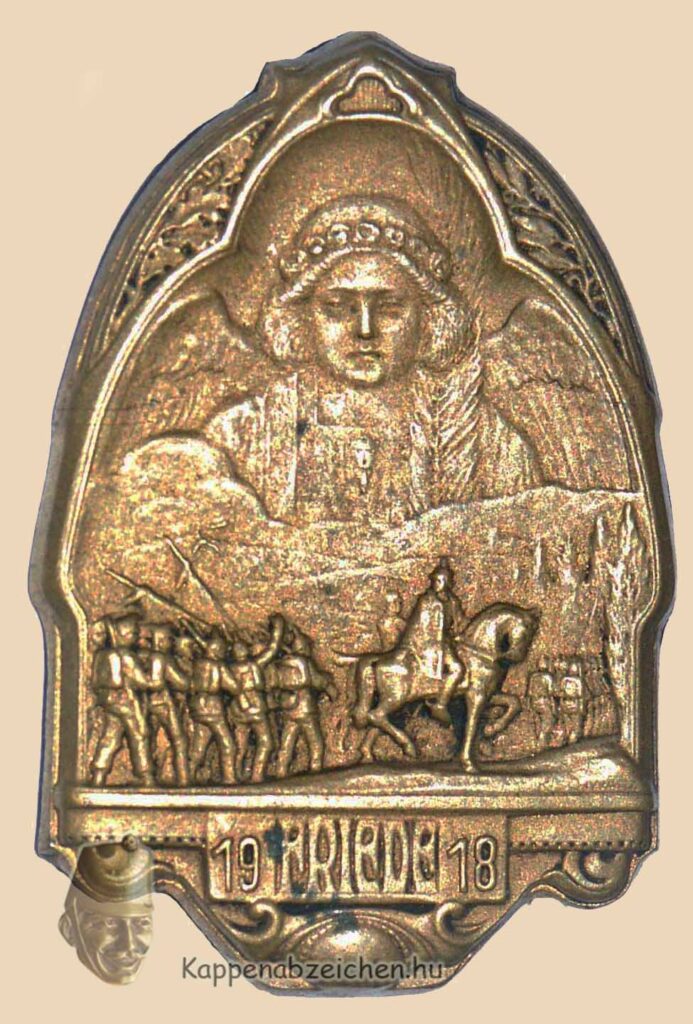
In view of the serious situation, Bolshevik Russia capitulated. Depictions of the quieting Eastern Front and peace appear on cap badges. Many other badges cannot be associated with this event, as there were no memorable battles, winning or losing, in the life of any unit. The advance took place largely without a rifle shot. The armed forces of the Monarchy kept the southern part of Ukraine under occupation, including the port of Odessa. The units of the Monarchy’s Danube flotilla were stationed in the port, monitors and guard ships. They all came across the Black Sea after sailing down the Danube. The opening picture of this post shows one of the monitors and its crew in Odessa port. The badge is a rarer peace badge. The last picture shows a guard ship in the port.
